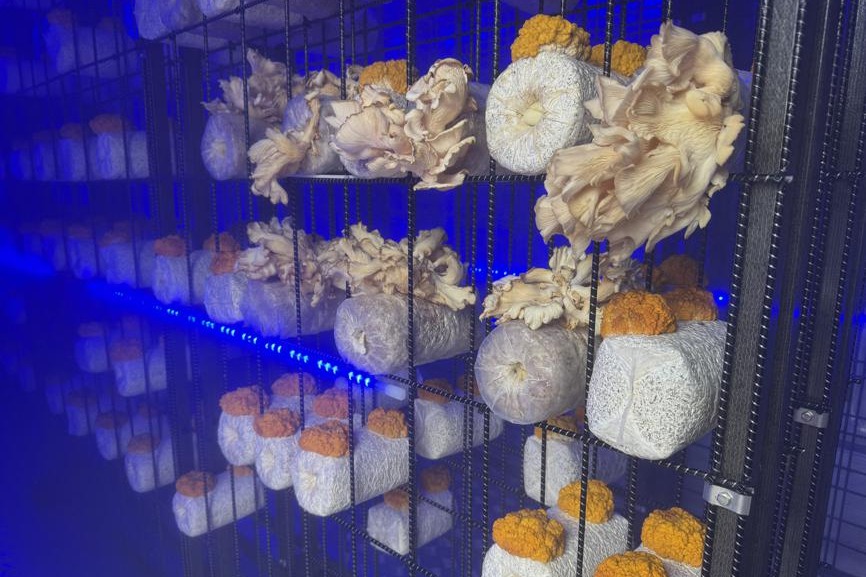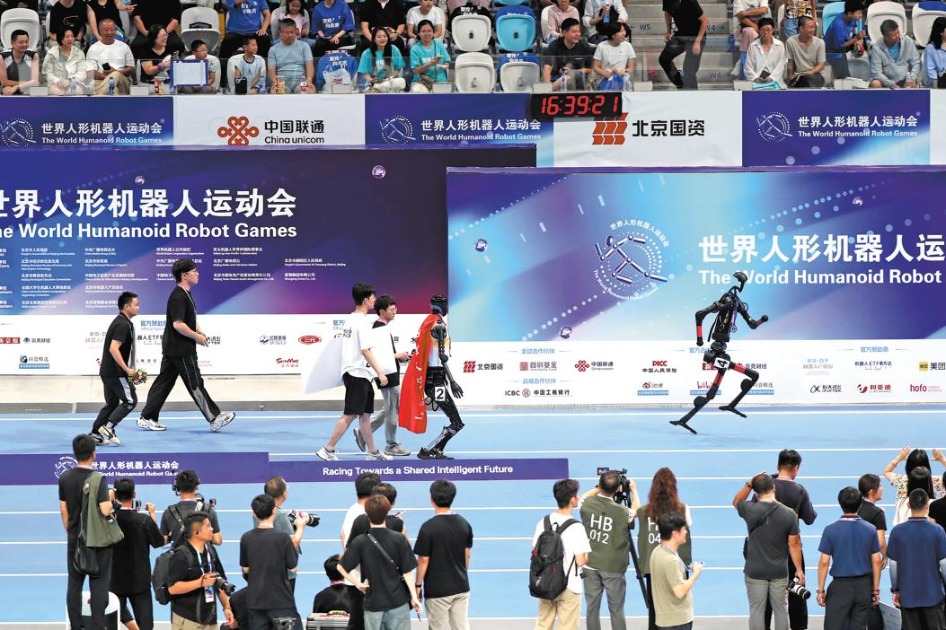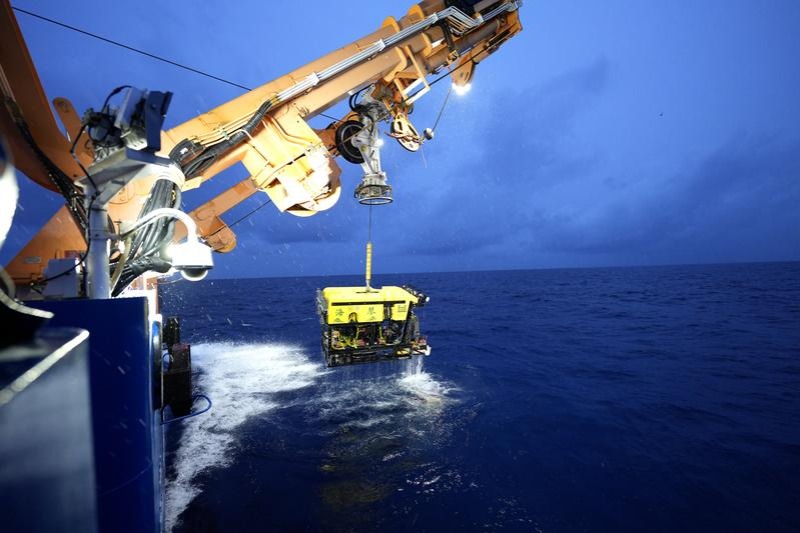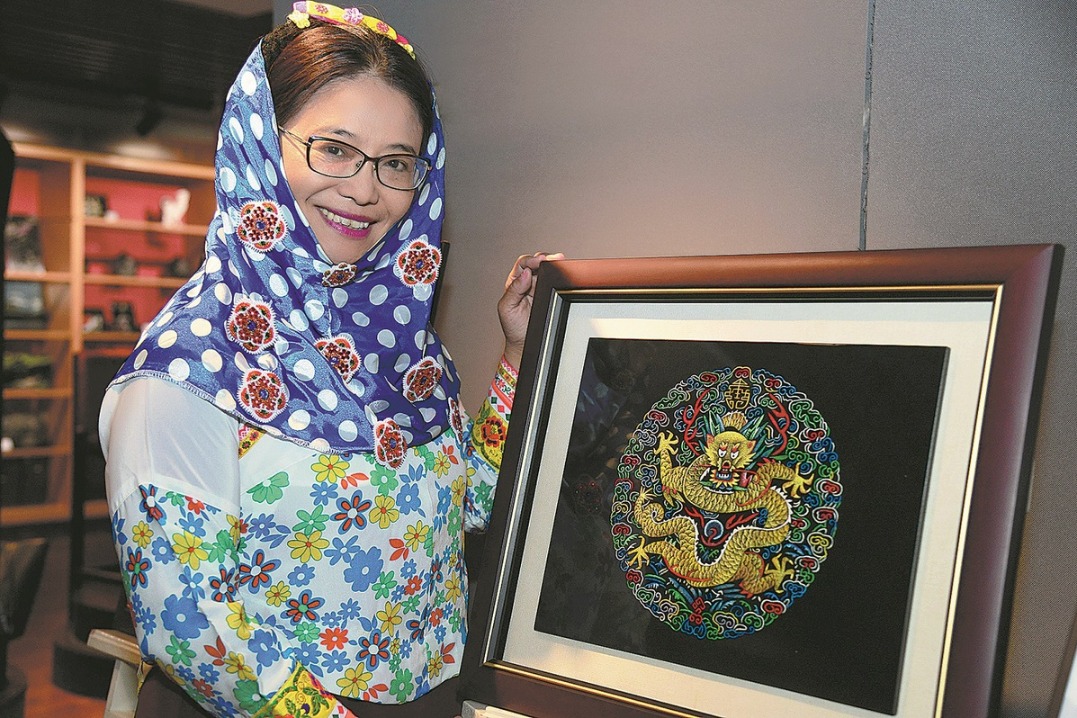Going Green: Steel group leads way as industry recasts itself


Editor's note: China aims to peak its carbon dioxide emissions before 2030 and achieve carbon neutrality before 2060, major goals in a national green transition drive. This series looks at efforts in various sectors to meet the goals.
For Tian Baoshan, life seems like a circle.
After entering the steel industry 23 years ago, he has returned to work at a blast furnace. Now, however, the onetime furnace man is leading the exploration of the world's most advanced low-carbon steel manufacturing process.
Tian, 44, is head of the first hydrogen-enriched carbon recycling blast furnace production project.
When a technological upgrade of the 430-cubic-meter blast furnace is completed, the carbon consumption of the furnace will be reduced by nearly one-third.
The program, launched in July last year, is about to complete its third and final stage and is expected to be ready for production by the end of August, according to Xu Xiaobing, chief representative of the carbon neutrality division at China Baowu Steel Group's Xinjiang Ba Yi Iron& Steel in the Xinjiang Uygur autonomous region.
The average carbon intensity of the blast furnace's process is 1 metric ton for every ton of iron produced, and Baowu aims to reduce that by 30 percent with the new facility.
Hydrogen-enriched carbon recycling blast furnaces are still in the experimental stage in Europe and the United States but are smaller than 10 cubic meters.
Xu said that Baowu's demonstration project is the world's first long-process low-carbon metallurgy production project.
Long-process steel production is a drawn-out process that begins with iron ore. Short-process steelmaking begins with steel scrap.
"The success of the project will hopefully pave the way for China's iron and steel metallurgy industry to realize low-carbon transformation in the coming 15 to 20 years," said Xu, who added that the long process currently accounts for the lion's share of the nation's metallurgy.
Meanwhile, a demonstration project for short-process steel production in Xinjiang was launched at the end of last year. Construction of the production line, which is expected to have annual capacity of 500,000 tons, will begin once the approval procedure is completed.
According to Xu, it is hoped that the short process will lower carbon intensity to 0.05 ton for every ton of steel produced.
Both projects are part of China Baowu's efforts to reach its low-carbon goal of peaking carbon emissions by 2023. The group has vowed to reduce its average carbon intensity by 30 percent, compared with 2020, to 1.3 tons per ton of steel produced by 2035, before achieving carbon neutrality by 2050.
To get there, Baowu plans to adopt a variety of measures ranging from extreme energy efficiency and hydrogen-enriched carbon recycling blast furnaces to recycling of metallurgical resources and carbon capture and utilization, according to China Baowu's road map for low-carbon metallurgical technology.
Chen Derong, chairman of China Baowu Group, said: "China is committed to peaking carbon emissions before 2030 and achieving carbon neutrality before 2060. Being the world's largest steel company, China Baowu should take the responsibility to lead carbon neutrality."
The ferrous metallurgy industry contributes between 15 and 17 percent of China's carbon emissions, so the steel industry will play a key part in reaching low-carbon development in China's decarbonization road map.
China Baowu overtook Luxembourg-based ArcelorMittal to become the world's top steel producer in 2020, with annual crude steel output of 115 million tons.
In order to boost the global steel industry's low-carbon transformation, the Global Low-Carbon Metallurgical Innovation Alliance was established in Shanghai in November.
The alliance, initiated by China Baowu, brings together a total of 62 enterprises, colleges and universities, as well as scientific research institutions from 15 countries.
"It is extremely difficult to make the transformation by a single steel enterprise, but it would become possible with the joint efforts of all parties within the steel industry," said Hou Angui, deputy general manager of China Baowu Steel Group.
It is hoped that the alliance, backed by the collective research and development resources from global steel enterprises and research institutions, can carry out fundamental, forward-looking low-carbon metallurgical technology development, promote technological collaboration and exchanges, and facilitate the low-carbon transformation of the steel industry, Hou said.
Sanjay Sharma, ArcelorMittal's vice-president and CEO for China, said the alliance is a wonderful initiative that will enable global peers across the value chain-upstream, midstream and downstream-to look at which technologies are the most efficient and which should be supported more, as well as how to scale up and quickly implement the use of such technologies.
Wang Guoqing, director of the Beijing Lange Steel Information Research Center, said that success of the model projects would allow China Baowu Steel to duplicate and expand low-carbon solutions across the group, in order to pave the way for the group to realize its low-carbon ambition.
"China Baowu's investment in scientific research and development is out of the reach of most Chinese steelmakers, and its development and application in low-carbon metallurgy greatly enhanced the group's competitiveness and strengths in return," Wang added.
China Baowu's exploitation of low-carbon metallurgy can be traced to 2015, when the steelmaker tried to reduce carbon dioxide emissions by making the gas that was formed during the metallurgical process into products, said Chen, the group's chairman.
- More Chinese youth opting to study TCM in college
- Breakthrough device can produce premium helium
- New ward provides care for terminally ill kids
- Artist transforms stones into golden opportunities
- University students find spirit as schools mark war anniversary
- China launches low Earth orbit satellite group





































